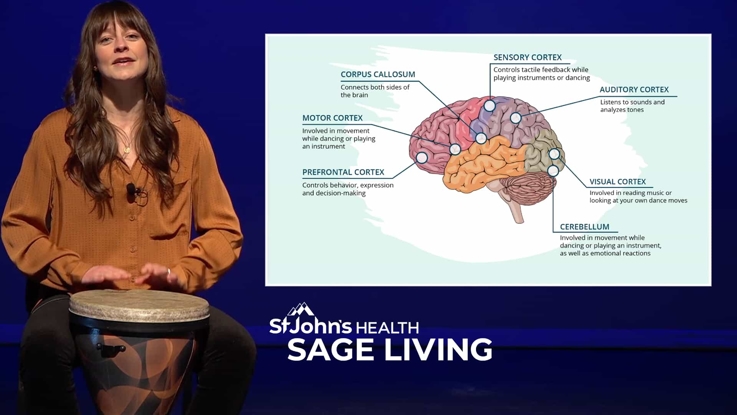Active Alternate Nostril Breathing (15 Minutes)
- Category: Foundations of Meditation

About this Video
This is a breathing exercise that is grounding and supports the nervous system by stimulating both sides of the body and brain. Traditionally this exercise is meant to have a “cooling” or calming impact (as opposed to activating). It takes focus to change the rhythm of the breath, to count, and to move your fingers as you plug and unplug each nostril. The attention required to do this exercise can interrupt anxious thoughts and stabilize the mind. Research shows that as you intentionally focus on a task, the regions of the brain related to performing that task activate, while regions unrelated to the task are inhibited.
Tips for Selected Guided Recordings During Cancer Treatment:
Try out these meditations as desired.
- Routines can help us to prepare for challenging situations, similar to how an athlete prepares with rituals in the start gate before a competition. You might adopt a routine of adding a short breathing exercise (even as simple as one breath with an extended, longer exhalation) en route to treatment or before a procedure to calm anticipatory nerves.
- Any time that you change the rhythm of your breath you want to pay attention to the impact of the exercise on your experience. Even breathing exercises that are meant to be calming can actually increase feelings of anxiety for some people. You want to check that any breathing exercise or meditation allows you to stay within your “Window of Tolerance” (listen to Active Alternate Nostril Breathing Instructions). In your “Window” you can learn, take in new information and be with and explore your experience – even if it is uncomfortable or unpleasant. If you find that you are pushed out of your “Window” into hyperarousal (fight or flight) or hypoarousal (freeze), then focusing on what you see, hear, touch, or taste; or activating your social engagement system through connecting with another person can help.
- Sometimes we need to complete the stress cycle and release the activating energy of fight or flight. Movement is a great tool for this. The Range of Motion can be practiced when sitting in a chair, lying down, or as you stand up and move to the waiting room – focus on the feeling of your body in motion. You can do Walking Meditation with your IV poles in the clinic, the hallway, or when walking into the clinic or office before treatment. Slowing down a movement can allow you to notice more of your sense experience and give you something to pay attention to other than thoughts. Moving at a normal, or even a faster pace; squeezing hands into fists; shaking your hands and flicking each finger as if you were moving water off your fingers; or shaking your body can help to discharge stress energy.



